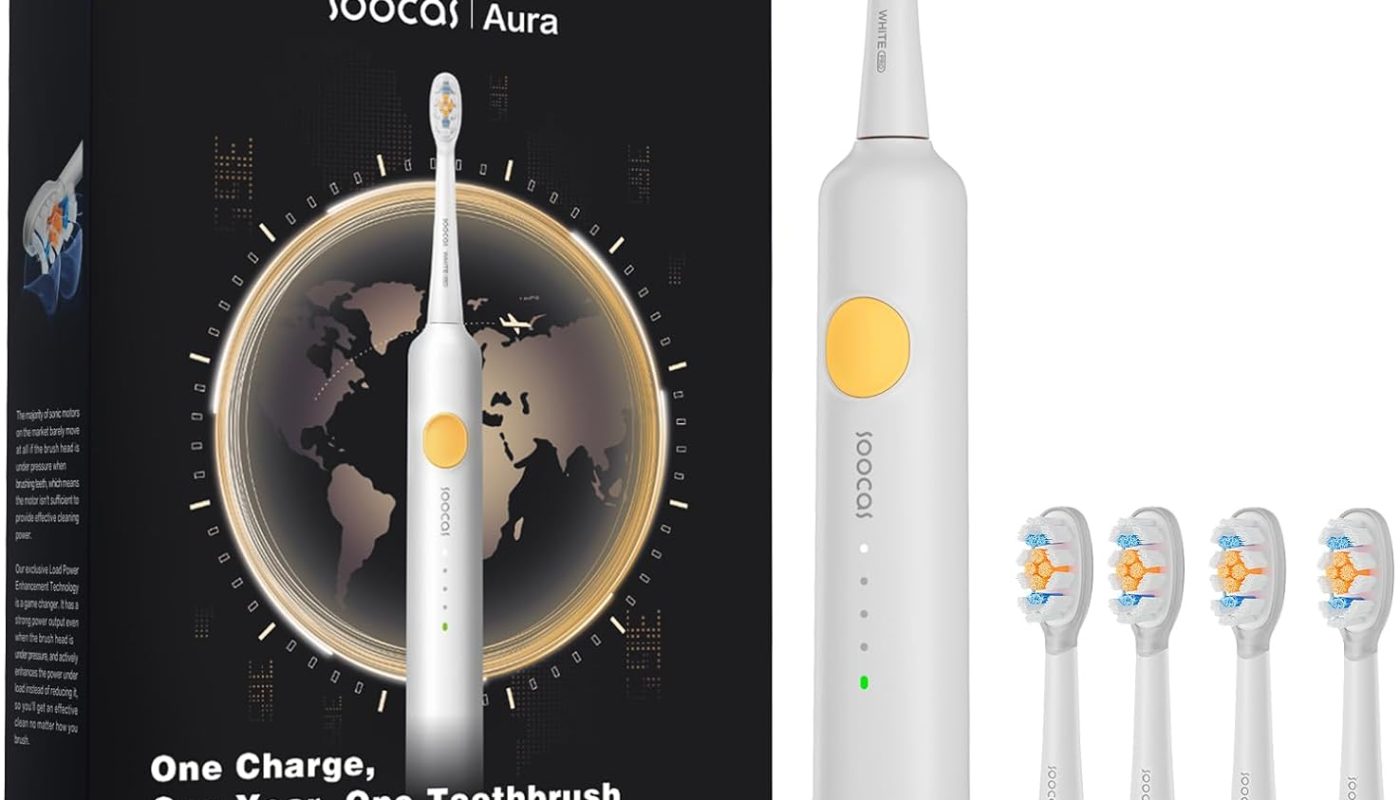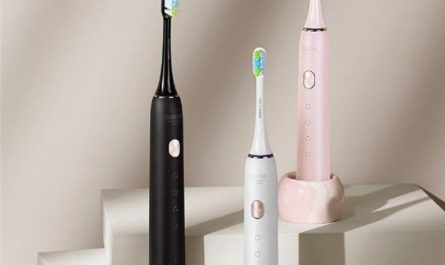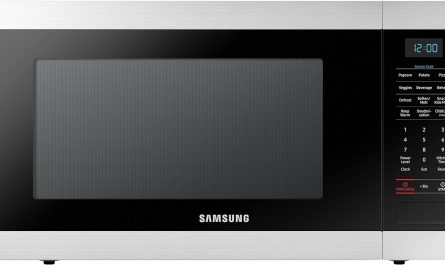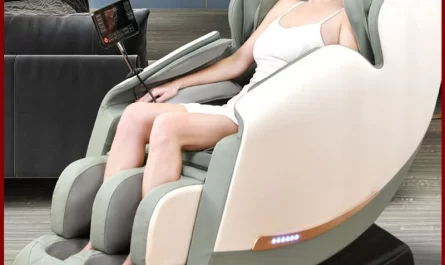Introduction
The frequency of replacing an electric toothbrush depends on various factors. While electric toothbrushes are designed to be durable and long-lasting, there are considerations that can influence when it is appropriate to replace them. In this article, we will explore the factors that affect the frequency of replacing an electric toothbrush, including brush head wear, battery life, hygiene concerns, technological advancements, and personal preference.
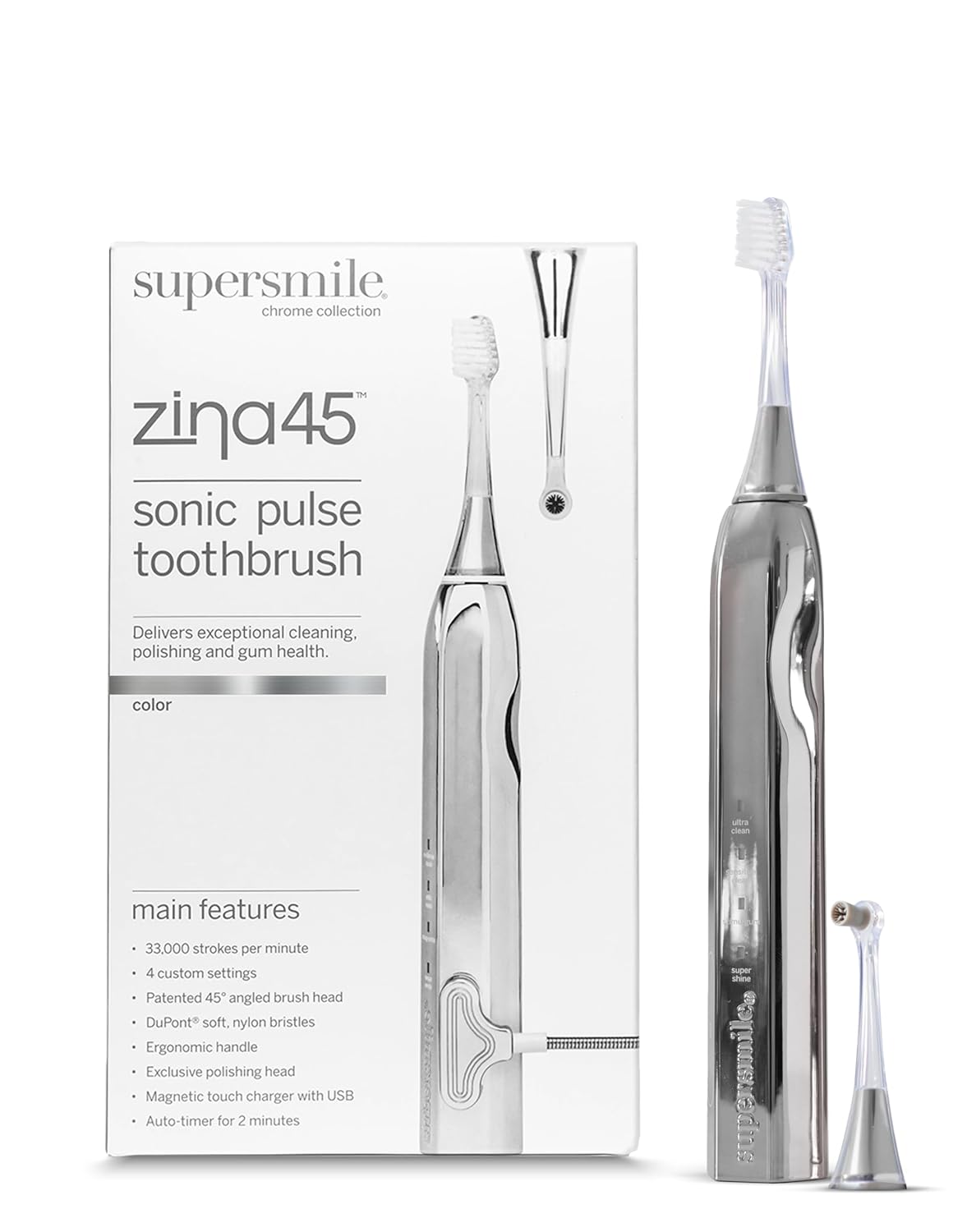
What affects the frequency of replacing an electric toothbrush?
Brush head wear
The wear and tear on the brush head play a significant role in determining when to replace an electric toothbrush. Consider the following factors:
Bristle stiffness: Over time, the bristles on an electric toothbrush wear down and become less effective at removing plaque and debris from teeth and gums. When the bristles become too soft or frayed, it may be time to replace the brush head. Dentists generally recommend replacing the brush head every three to four months or sooner if the bristles show signs of wear.
Indicator bristles: Some electric toothbrush models have indicator bristles that fade or change color over time to signal the need for a replacement. These bristles act as a visual cue to indicate when the brush head is no longer providing optimal cleaning.
Brush head shape: The shape and integrity of the brush head can also affect the cleaning efficiency. If the brush head becomes misshapen or loses its original form, it may be time to replace it. A distorted brush head may struggle to reach all areas of the mouth effectively.
General wear and tear: Consider the overall condition of the brush head, including any visible signs of damage or deterioration. If the brush head is excessively worn, cracked, or damaged, it is advisable to replace it to maintain effective oral hygiene.
Battery life and performance
The battery life and performance of an electric toothbrush are important considerations in determining when to replace it. Consider the following factors:
Decreased battery life: Over time, the battery life of an electric toothbrush may diminish. If the toothbrush no longer holds a charge for an adequate amount of time to meet your oral hygiene needs, it may be time to consider a replacement. Pay attention to any significant decrease in battery performance compared to when the toothbrush was new.
Reduced power and effectiveness: As the battery ages, the power output of the electric toothbrush may decrease, resulting in reduced brushing effectiveness. If you notice a significant decrease in the brushing power or if the toothbrush is no longer cleaning your teeth and gums as effectively as before, it may be a sign that the battery is nearing the end of its lifespan.
Battery replacement options: Some electric toothbrush models offer options for replacing the battery rather than replacing the entire toothbrush. If the toothbrush allows for battery replacement, refer to the manufacturer’s instructions to determine the recommended frequency and process for replacing the battery.
Hygiene and cleanliness considerations
Maintaining proper hygiene and cleanliness is important for the effective use of an electric toothbrush. Consider the following factors:
Bacterial buildup: Over time, bacteria can accumulate on the handle and brush head of an electric toothbrush. Despite regular cleaning, it may become increasingly difficult to remove all bacteria, potentially leading to hygiene concerns. While cleaning the toothbrush regularly can help mitigate bacterial buildup, there may come a point where it is more practical and hygienic to replace the entire toothbrush.
Mold and mildew growth: If an electric toothbrush is not properly cleaned and dried after each use, it can create a moist environment that promotes the growth of mold and mildew. If mold or mildew is visible on the toothbrush handle or brush head, it is advisable to replace the toothbrush to ensure proper hygiene.
Cross-contamination: Sharing an electric toothbrush, even among family members, can lead to cross-contamination of bacteria and viruses. To maintain optimal oral hygiene and reduce the risk of illness transmission, it is recommended to avoid sharing toothbrushes and replace them as needed.
Technological advancements and features
Advancements in technology may influence when individuals choose to replace their electric toothbrushes. Consider the following factors:
New features and capabilities: Manufacturers continually develop new models with improved features and capabilities, such as pressure sensors, timers, or Bluetooth connectivity. If you wish to take advantage of these new features, you may choose to replace your existing electric toothbrush with a model that incorporates the desired advancements.
Upgrades in brushing technology: Over time, advancements in brushing technology may improve the overall effectiveness of electric toothbrushes in removing plaque and maintaining oral health. If you believe that newer models offer superior performance and better oral care, you may opt to replace your current electric toothbrush with a more technologically advanced version.
Personal preference and comfort
Personal preference and comfort play a subjective role in deciding when to replace an electric toothbrush. Consider the following factors:
Psychological factors: Some individuals may feel more motivated to maintain good oral hygiene with a new toothbrush. The psychological boost of a fresh toothbrush may positively impact the consistency and enthusiasm with which individuals adhere to their oral care routine.
Comfort and satisfaction: As electric toothbrushes age, they may develop minor issues such as decreased button responsiveness, loose parts, or reduced comfort during use. If these issues significantly affect your overall brushing experience, it may be time to consider replacing the toothbrush.
Personal satisfaction: If you find that using a new electric toothbrush gives you a greater sense of satisfaction and confidence in your oral hygiene routine, you may choose to replace your toothbrush more frequently than recommended purely for personal preference.
Conclusion
The frequency of replacing an electric toothbrush depends on various factors, including brush head wear, battery life and performance, hygiene concerns, technological advancements, and personal preference. It is generally recommended to replace the brush head every three to four months or sooner if the bristles show signs of wear. Consider the overall condition of the brush head, including any visible signs of damage.
If the electric toothbrush no longer holds a charge for an adequate amount of time or if the power output and effectiveness decrease significantly, it may be time to consider a replacement. Maintaining proper hygiene and cleanliness is crucial, as bacterial buildup and mold growth can impact oral health. Technological advancements and personal preferences may also influence the decision to replace an electric toothbrush. Ultimately, it is important to find a balance between practicality, oral hygiene maintenance, and personal satisfaction to determine the appropriate frequency for replacing an electric toothbrush.

